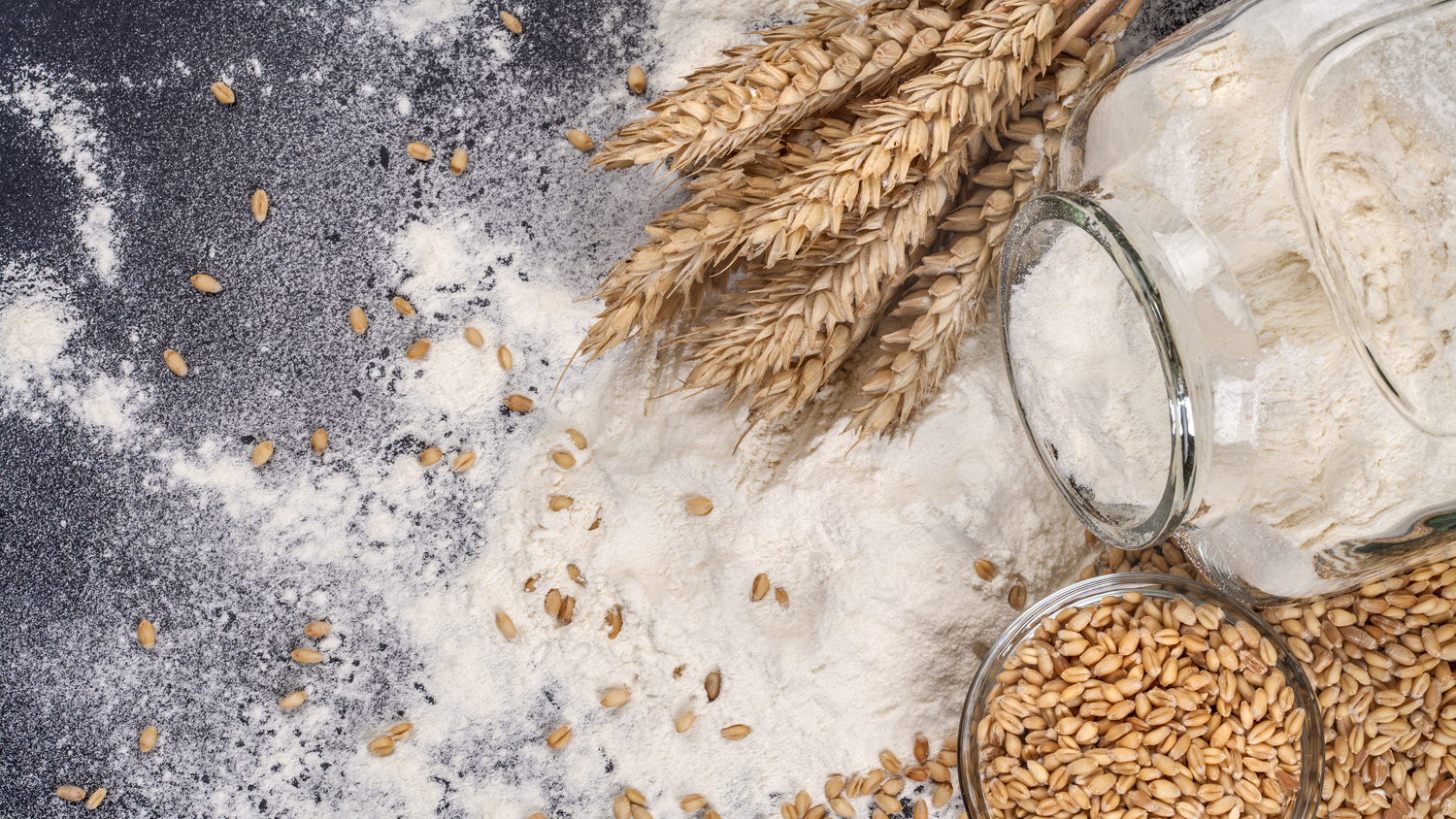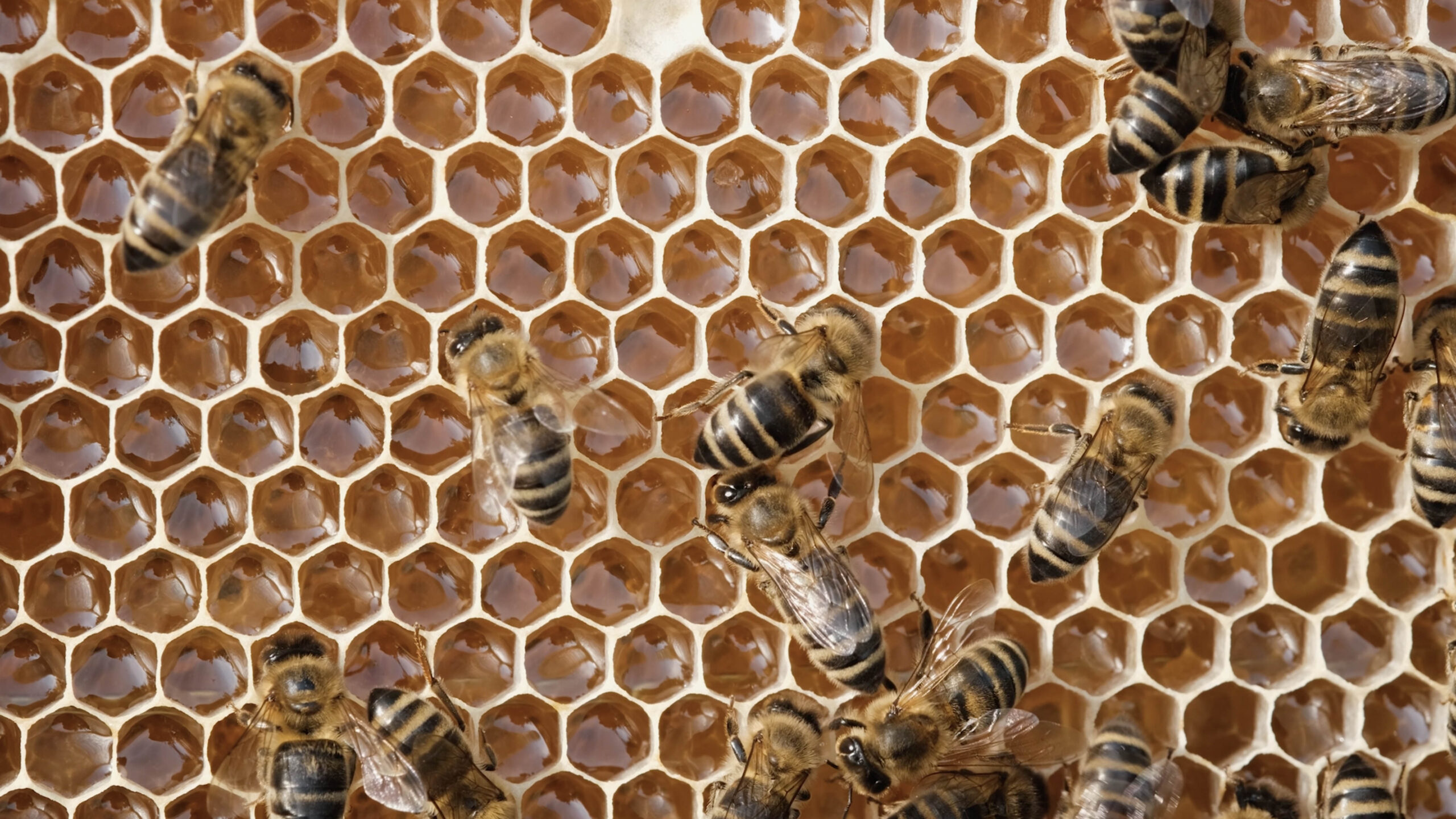Do you ever think about where the ingredients for everyday foods like bread or cereal come from or what goes into producing them?
We do!
In this edition of On the Farm, we explore how wheat – one of the most important crops in North Carolina and the country – becomes flour.
Roughly three-quarters of all U.S. grain products are made with wheat flour, including breads, cereals, cookies, crackers, pasta, pastries, and more.
Before grain-based goodies make it to store shelves, farmers plant and plow hundreds of square miles of land with wheat each fall. NC State Extension specialists work with Extension’s local experts in each county to help farmers grow healthy, high-yielding crops.
Each spring, N.C. farmers harvest over 350,000 acres of wheat. This wheat is delivered to local mills for processing into high-quality flours you’ll find in your grocery store!
Five Fast Facts on Wheat
- Whole Grains vs. Enriched Grains — A wheat kernel consists of three layers. Whole grains are made using the entire wheat kernel, which is a rich source of fiber, phytonutrients and antioxidants. Enriched grains are made using only the middle layer, which still provides complex carbohydrates and B vitamins.
- Flour Power — All-purpose flour, self-rising flour, whole wheat flour, white flour, white whole wheat flour – what does it all mean? Discover the differences in nine common flour types (handout from N.C. Small Grain Growers Association).
- Variety Is the Grain of Life — Six classes of wheat are grown in the United States. North Carolina farmers primarily grow soft red winter, which is ideal for a wide range of products.
- Whole Grains on Half Your Plate — According to USDA’s MyPlate nutrition recommendations, at least half of your daily grain consumption should come from whole grains (find your recommended daily intake).
- What Is Gluten? — Gluten is a protein found in wheat, rye and barley. It gives dough elasticity and structure, allowing baked products to rise and hold their shape. People with gluten intolerance, sensitivity or allergies should avoid foods with gluten. There is no caloric or nutritional advantage, however, to eating gluten-free foods.
Sources:
- National Association of Wheat Growers
- N.C. Small Grain Growers Association
- USDA’s ChooseMyPlate.gov
- Categories:



